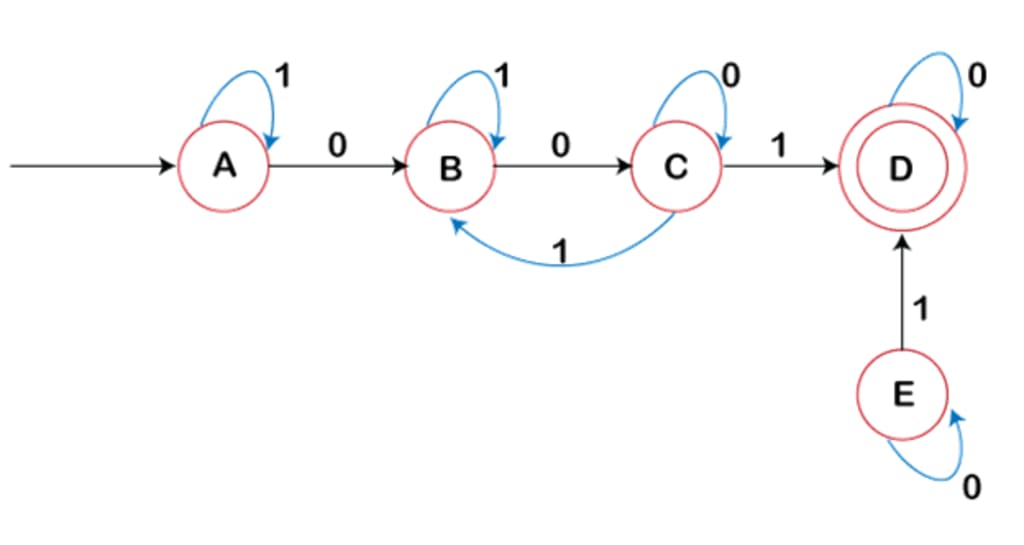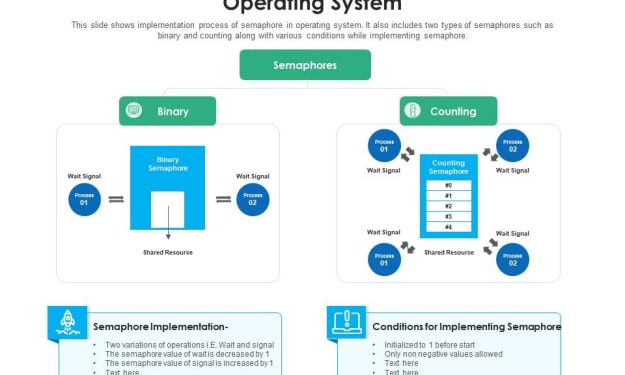Minimization of Finite Automata
Efficient Techniques for Reducing the Complexity of Finite Automata

Finite automata are fundamental concepts in computer science and are widely used in various applications like text processing, compiler design, and network protocols. However, when designing finite automata, we often end up with non-optimal or excessively large automata. Minimizing finite automata is crucial for optimizing performance and reducing computational resources. This article explores the process of minimizing finite automata, its significance, and the steps involved.
What are Finite Automata?
Finite automata (FA) are mathematical models of computation used to design both computer programs and sequential logic circuits. They consist of a finite number of states and transitions between these states, determined by input symbols.
There are two main types of finite automata:
- Deterministic Finite Automata (DFA):
Each state has exactly one transition for each input symbol.
- Nondeterministic Finite Automata (NFA):
States can have multiple transitions for a single input symbol, including ε-transitions (transitions without input).
Why Minimize Finite Automata?
Minimizing finite automata has several advantages:
Efficiency: Smaller automata are faster to process and require less memory.
Simplicity: Reduced complexity makes the automata easier to understand and maintain.
Optimization: In practical applications, optimized finite automata improve overall system performance.
Steps for Minimizing Finite Automata
The process of minimizing finite automata, particularly DFA, involves several systematic steps. Here, we will discuss the primary method known as the Myhill-Nerode theorem and partitioning method.
1. Remove Unreachable States
The first step is to identify and remove states that cannot be reached from the initial state. These states do not affect the automata's language recognition and can be safely removed.
Steps:
Start from the initial state and mark it as reachable.
Recursively mark all states that can be reached from the current reachable states through any input symbol.
Remove all states that are not marked as reachable.
2. Identify Distinguishable States
Two states are distinguishable if there exists at least one string that is accepted from one state but rejected from the other. The goal is to merge indistinguishable states.
Steps:
Create a table to mark pairs of states that are distinguishable.
Initially, mark pairs where one state is a final state and the other is not.
For each pair of states (p, q), check all input symbols. If the transitions lead to a pair of states that are distinguishable, mark (p, q) as distinguishable.
Repeat until no new pairs are marked as distinguishable.
3. Merge Indistinguishable States
Merge all pairs of states that are not distinguishable. These merged states form the states of the minimized DFA.
Steps:
Combine all states that are not marked as distinguishable into a single state.
Adjust the transitions to reflect the merged states.
4. Construct the Minimized DFA
Construct the minimized DFA using the merged states and adjusted transitions.
Steps:
Define the new set of states as the sets of indistinguishable states.
Define the new transitions based on the merged states and original transitions.
Define the initial state as the set containing the original initial state.
Define the set of final states as the sets containing any original final states.
Example:
Let's go through an example to illustrate the minimization process:
- Initial DFA
States: {A, B, C, D}
Alphabet: {0, 1}
Initial State: A
Final States: {D}
Transitions:
A --0--> B, A --1--> C
B --0--> A, B --1--> D
C --0--> D, C --1--> A
D --0--> C, D --1--> B
Step 1: Remove Unreachable States
All states are reachable, so no states are removed.
Step 2: Identify Distinguishable States
Mark (A, D), (B, D), and (C, D) as distinguishable since D is a final state and A, B, C are not.
Check transitions and mark pairs based on transitions leading to distinguishable states.
Eventually, determine that no other pairs are distinguishable.
Step 3: Merge Indistinguishable States
Merge states {A, B, C} into a single state because they are indistinguishable.
Step 4: Construct the Minimized DFA
States: {ABC, D}
Alphabet: {0, 1}
Initial State: ABC
Final States: {D}
Transitions:
ABC --0--> ABC, ABC --1--> ABC
D --0--> ABC, D --1--> ABC
Conclusion
Minimizing finite automata is a crucial optimization technique that simplifies automata, enhances performance, and reduces resource usage. By removing unreachable states, identifying indistinguishable states, and merging them, we can construct a minimized DFA that retains the same language recognition capability as the original. Understanding and applying these steps ensures efficient and effective finite automata design in various computational applications.
About the Creator
Pushpendra Sharma
I am currently working as Digital Marketing Executive in Tutorials and Examples.
Enjoyed the story? Support the Creator.
Subscribe for free to receive all their stories in your feed. You could also pledge your support or give them a one-off tip, letting them know you appreciate their work.






Comments
There are no comments for this story
Be the first to respond and start the conversation.